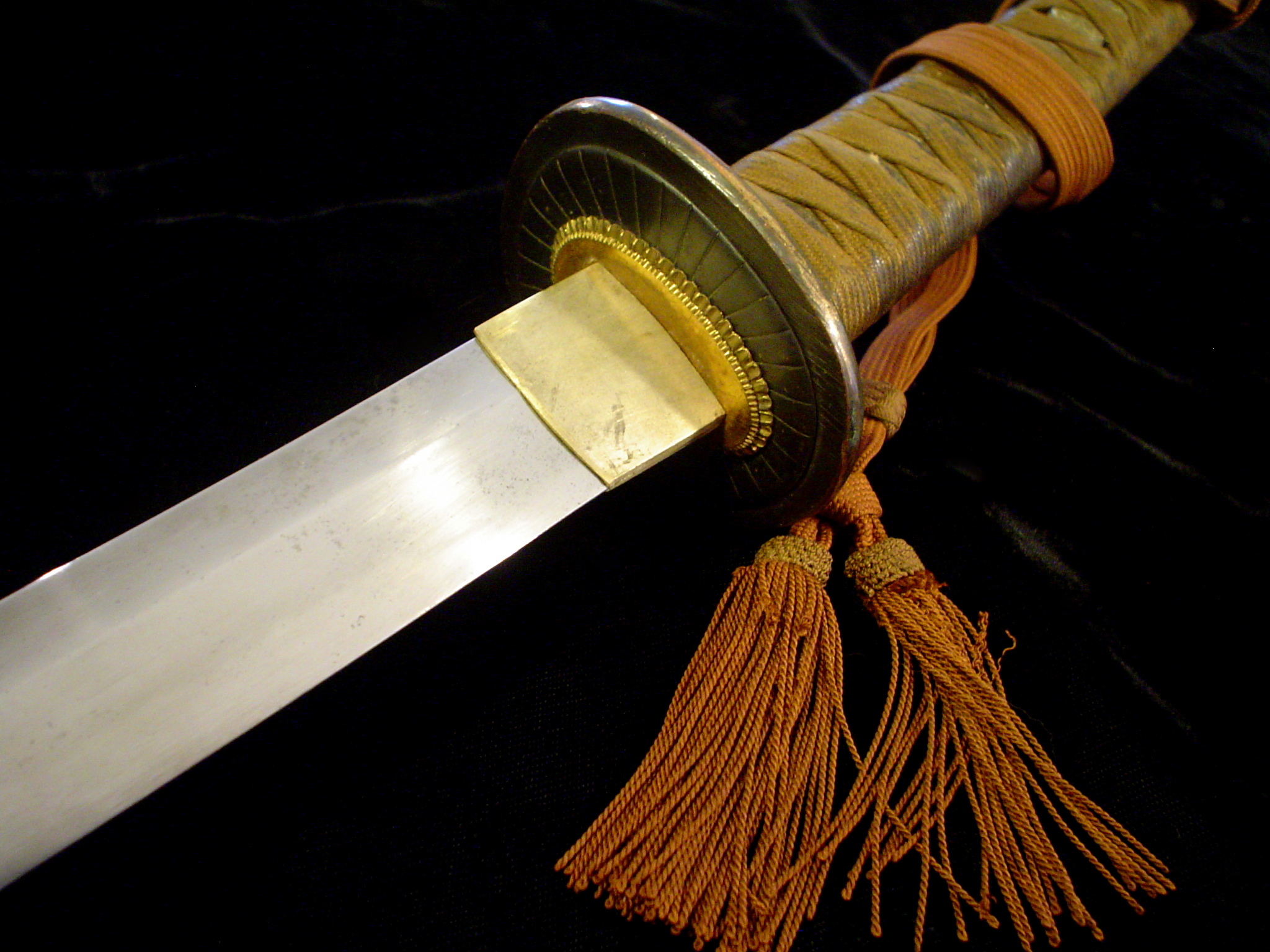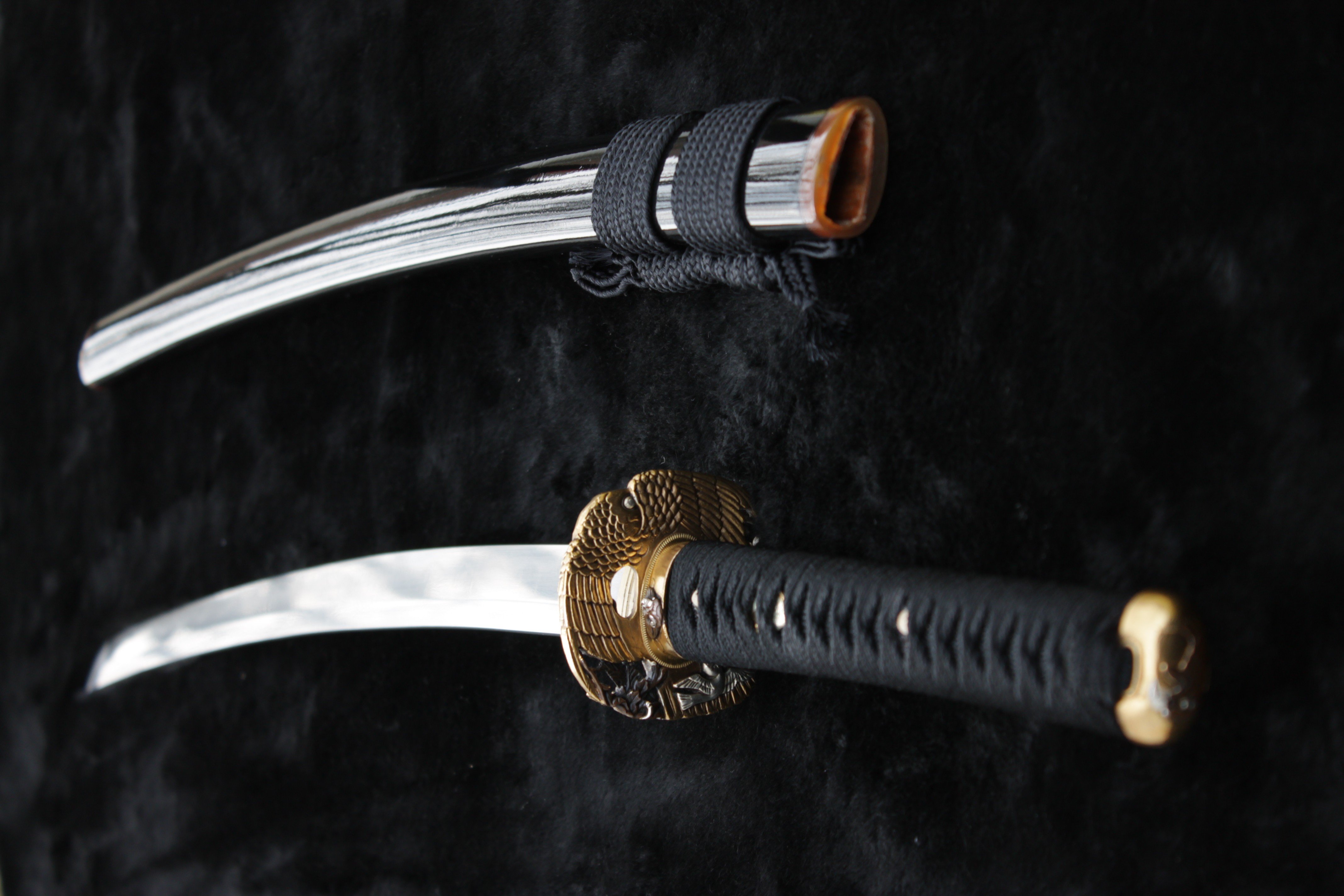In the heart of ancient Japan, the crafting of a legendary katana was an intricate dance between artistry and warfare. The journey of a katana began in the sacred confines of the forge, where skilled swordsmiths meticulously folded layers of high-carbon steel, forging a blade that would transcend the limits of ordinary weapons. The process, known as tamahagane, involved heating, folding, and hammering the metal repeatedly, imbuing the katana with both strength and flexibility. The blade’s journey continued as it underwent the delicate hands of a master polisher, who meticulously removed impurities and revealed the mesmerizing grain pattern, known as hada. This aesthetic refinement was not merely cosmetic; it hinted at the sword’s inner soul and strength. As the katana emerged from the forge, it was more than a mere weapon; it was a work of art with a soul of its own. The blade’s curvature, or sori, was carefully calculated to ensure optimal balance and cutting efficiency.

The hilt, or tsuka, was crafted from precious materials like rayskin and silk, echoing the sword’s elegance. The handguard, or tsuba, bore intricate designs, often reflecting the warrior’s lineage or beliefs. The katana was not just a tool for combat; it was a symbol of the samurai’s honor, discipline, and connection to the divine. The journey of the katana extended beyond the confines of the forge to the hands of a skilled martial artist. Samurai warriors, steeped in a code of bushido, viewed their katana as an extension of their own being. The rigorous training that accompanied the mastery of the katana involved not only physical skill but also a profound spiritual connection. The warrior, in wielding the katana, sought not only to defeat opponents but to transcend the self, achieving a state of heightened awareness known as Mushin.

The battlefield was the ultimate stage where the katana sword journey reached its crescendo. In the hands of a seasoned samurai, the katana became an instrument of swift and decisive action. Its razor-sharp edge effortlessly sliced through adversaries, while its mystical properties were believed to protect the wielder from harm. The katana’s design, with its single-edged blade, facilitated quick draws and precise strikes, making it a formidable weapon in the hands of a skilled warrior. Legends of the katana’s prowess echoed through the annals of history, from the iconic duels of feudal Japan to the modern fascination with samurai culture. The katana’s journey, from the sacred fires of the forge to the heat of battle, encapsulates not only the craftsmanship of a weapon but the embodiment of a warrior’s spirit. Its legacy endures as a symbol of Japan’s rich martial heritage, a testament to the fusion of art and war in the forging of legends.